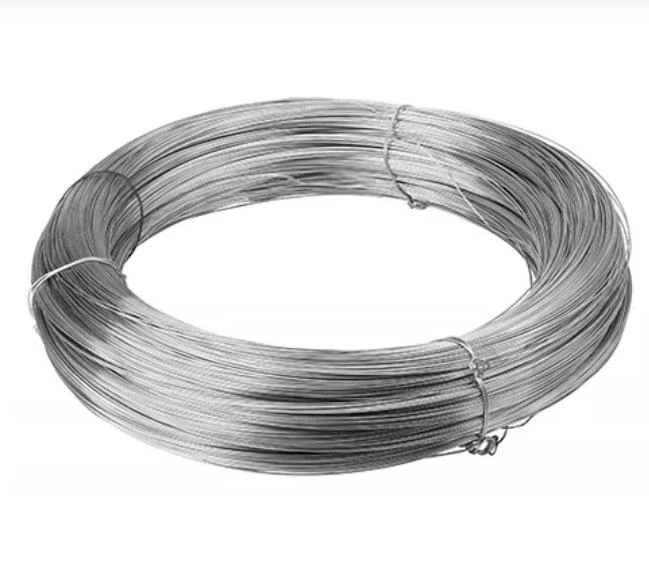-
 Phone:
Phone: -
 Email:
Email:

rock netting cost
Understanding Rock Netting Costs A Comprehensive Guide
Rock netting is an essential technique used in various civil engineering and geological projects, particularly in slope stabilization, erosion control, and rockfall mitigation. As the name suggests, rock netting involves the installation of nets made from durable materials, often steel, to prevent loose rock and debris from falling onto roadways, railways, or populated areas. While the effectiveness of rock netting is well recognized, understanding its associated costs is crucial for project planners, engineers, and stakeholders involved in the construction sector.
Factors Influencing Rock Netting Costs
The cost of rock netting can vary widely depending on several key factors
1. Type of Netting Material Rock netting is typically made from high-tensile steel, synthetic materials, or a combination of both. The choice of material affects both the durability and the cost; steel nets, while more expensive, usually offer greater strength and longevity compared to synthetic alternatives.
2. Site Conditions The geographical and geological conditions of the project site play a significant role. Steep slopes, loose materials, and challenging terrain may require special equipment and techniques, driving up labor and material costs.
3. Project Scale The size of the area to be secured directly impacts material requirements and labor costs. Larger projects may benefit from economies of scale, but the initial setup costs can be significant.
4. Installation Complexity Different types of rock netting systems have varying degrees of complexity. For instance, a simple flat installation might be significantly less expensive than a more complex 3D system involving intricate anchoring and support structures.
5. Labor Costs Labor costs can vary based on geographical location and the availability of skilled workers. Complex installations require specialized crews, which can increase overall expenses.
rock netting cost

6. Permits and Environmental Considerations Obtaining necessary permits and adhering to environmental regulations can incur additional costs. Areas that require extensive ecological assessments or have strict land-use policies may see inflated project budgets.
Typical Cost Estimates
While it can be challenging to provide an exact figure due to the variables mentioned above, it’s possible to outline typical costs. On average, the installation of rock netting can range from $15 to $50 per square meter. For larger projects, such as highway embankments or rockfall protection along mountainous roads, total costs can range from tens of thousands to several million dollars depending on the scope of the work.
For example, a project that requires 1,000 square meters of rock netting at an average cost of $30 per square meter could total around $30,000. This figure would rise significantly if the site conditions necessitate additional measures for safety and stability, such as reinforcing the anchoring system or using customized materials.
Budgeting and Planning
When budgeting for rock netting, it’s critical to account not only for the installation but also for potential future maintenance. Rock netting systems typically have a lifespan of 10 to 20 years, depending on exposure conditions and material used. Regular inspections can help identify wear and tear, allowing for timely repairs that can prevent more costly damages down the line.
It’s also wise to conduct a cost-benefit analysis. While the initial investment may appear steep, rock netting can effectively minimize the risk of rockfalls, potentially saving lives and reducing repair costs associated with rockfall damage in the future.
Conclusion
In conclusion, understanding rock netting costs is a multifaceted process that requires careful consideration of various factors, from material choice to site conditions and labor rates. As infrastructure develops and environmental concerns grow, rock netting remains a vital component in ensuring safety and stability in vulnerable areas. By investing in robust rock netting solutions, stakeholders can not only protect lives and property but also contribute to the longevity and sustainability of essential infrastructure. Therefore, a detailed assessment and strategic planning for rock netting projects are imperative to ensure effective and cost-efficient outcomes.
-
Wire Mesh for Every Need: A Practical SolutionNewsJul.25,2025
-
Steel Fences: Durable, Secure, and Stylish OptionsNewsJul.25,2025
-
Roll Top Fencing: A Smart Solution for Safety and SecurityNewsJul.25,2025
-
Cattle Farm Fencing Solutions for Maximum SecurityNewsJul.25,2025
-
Affordable Iron Binding Wire SolutionsNewsJul.25,2025
-
Affordable Galvanized Wire SolutionsNewsJul.25,2025
-
Wire Hanger Recycling IdeasNewsJul.25,2025








